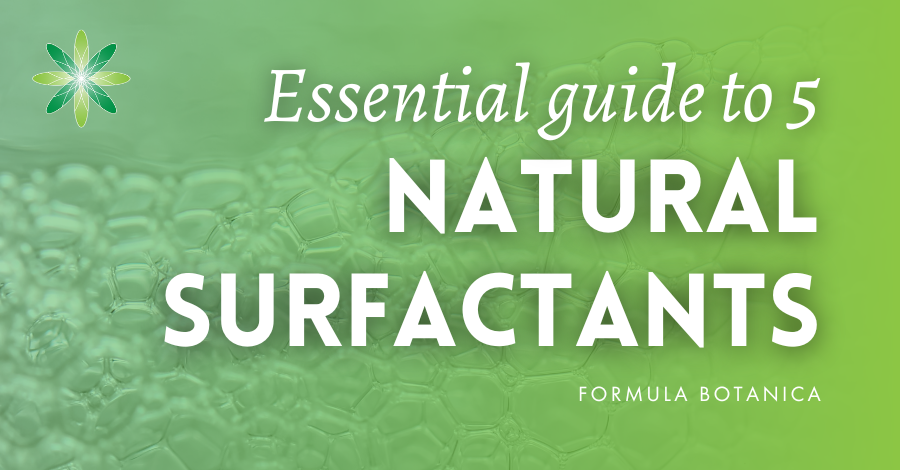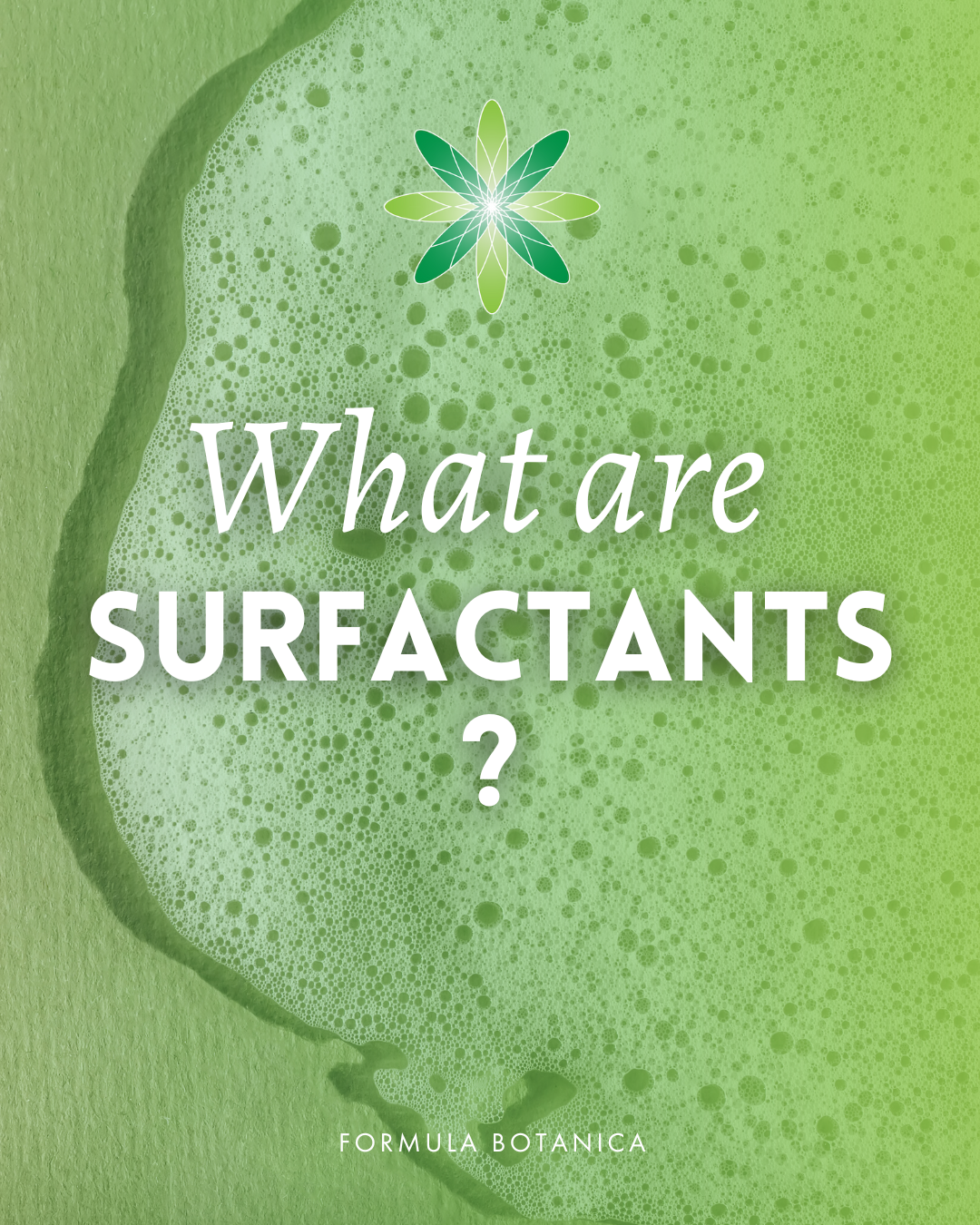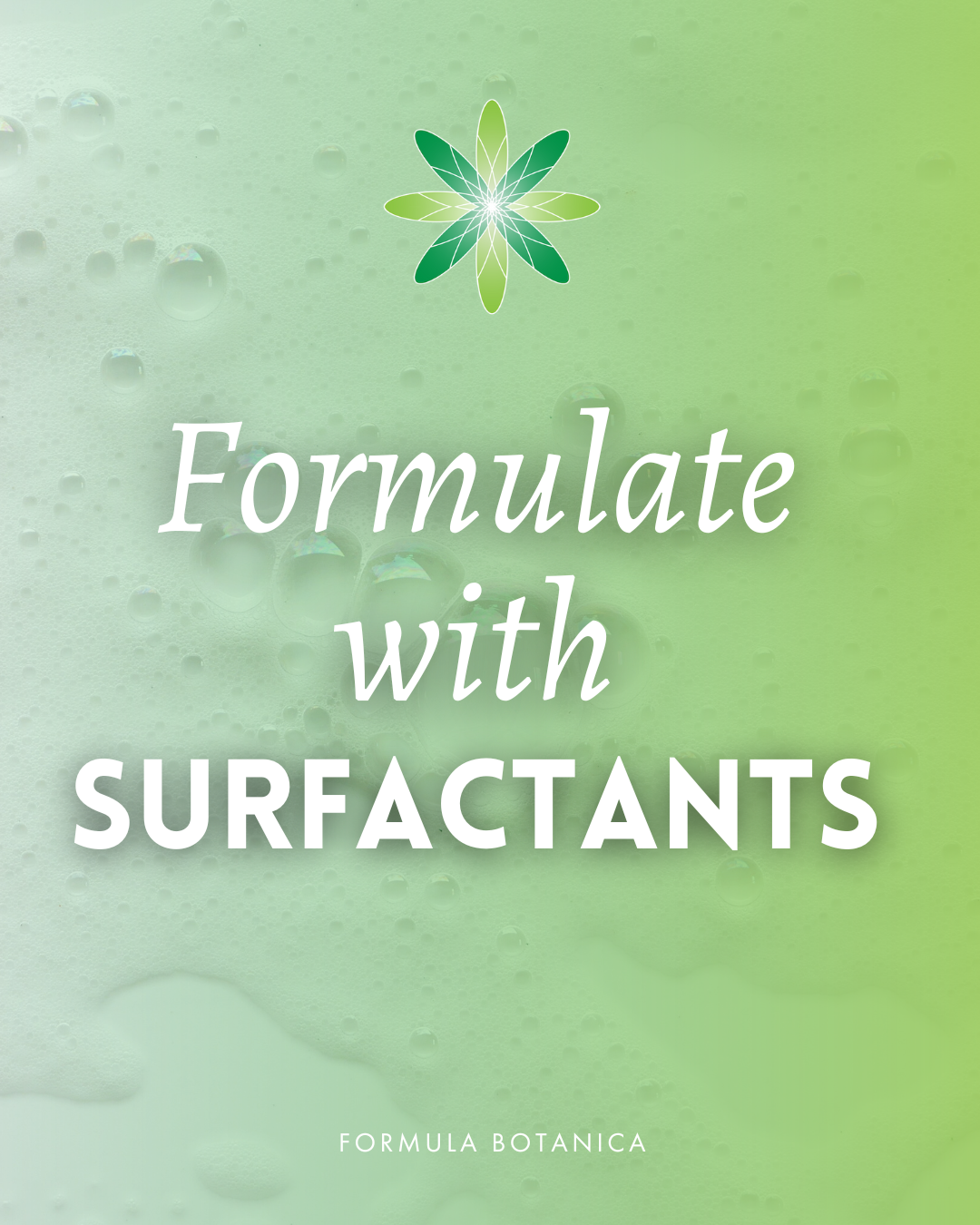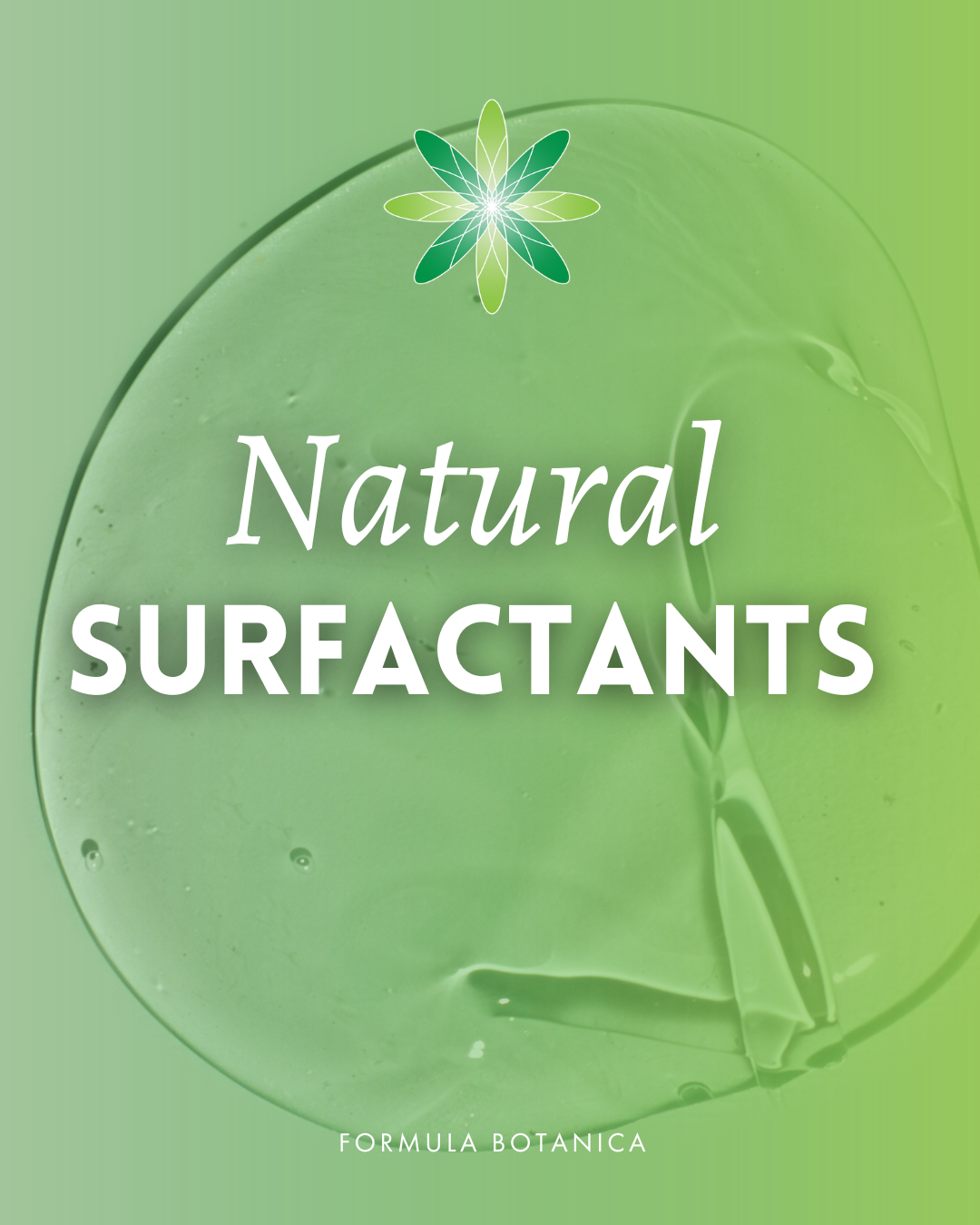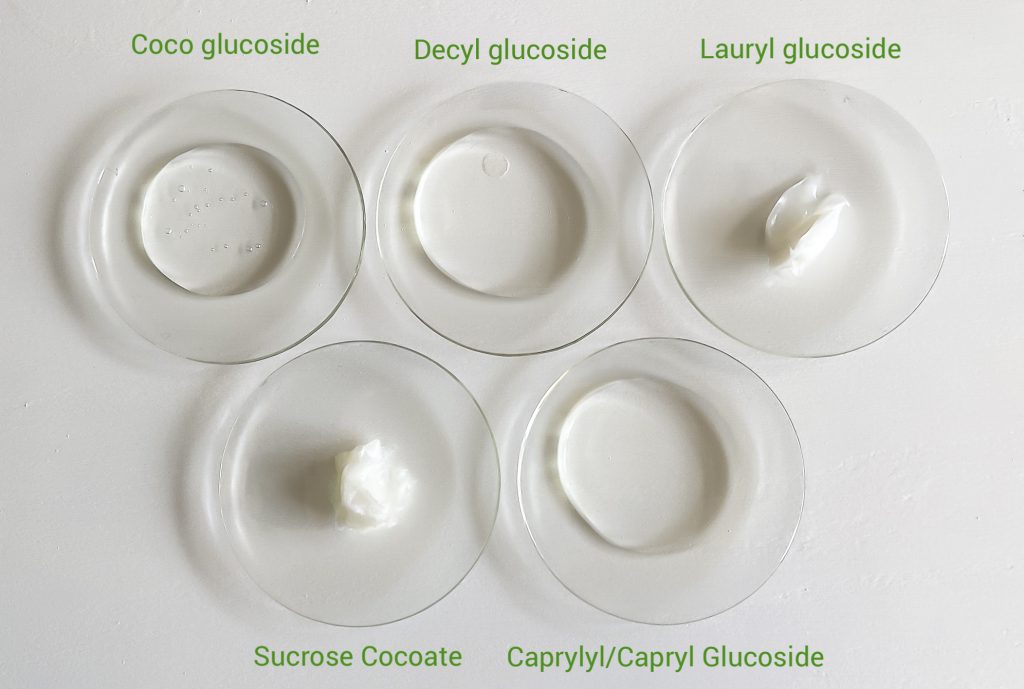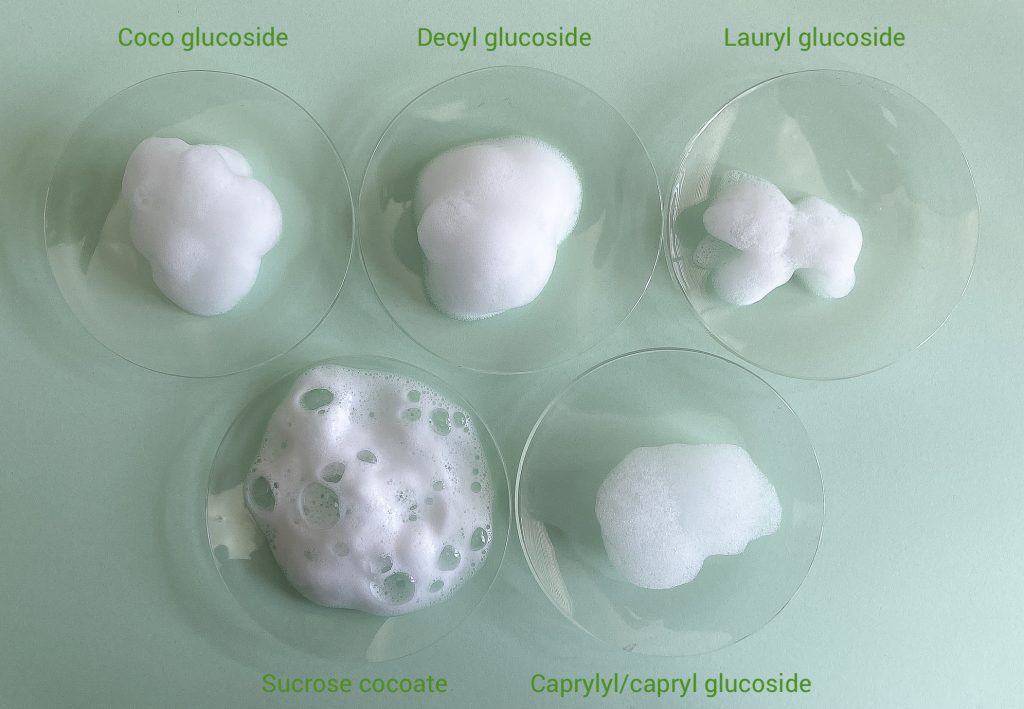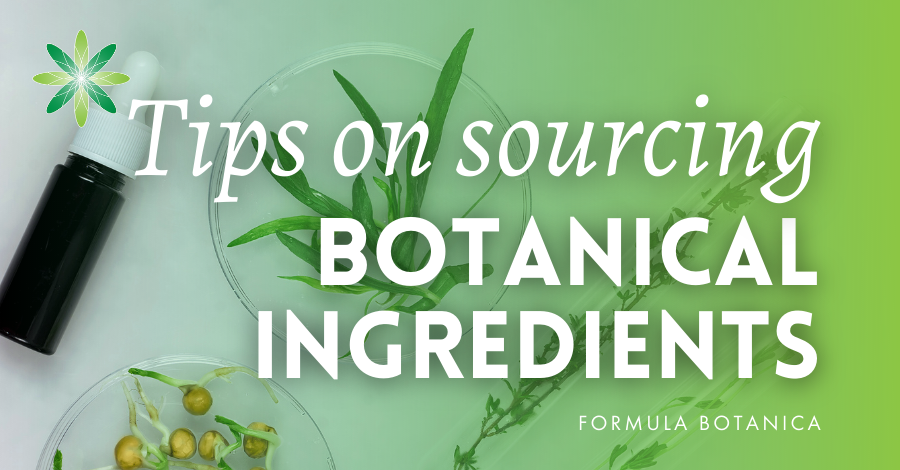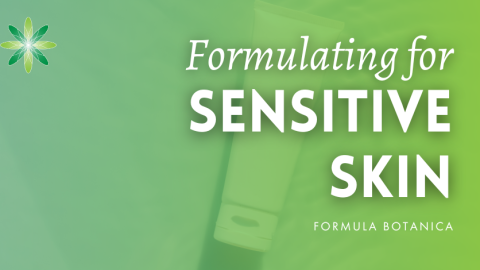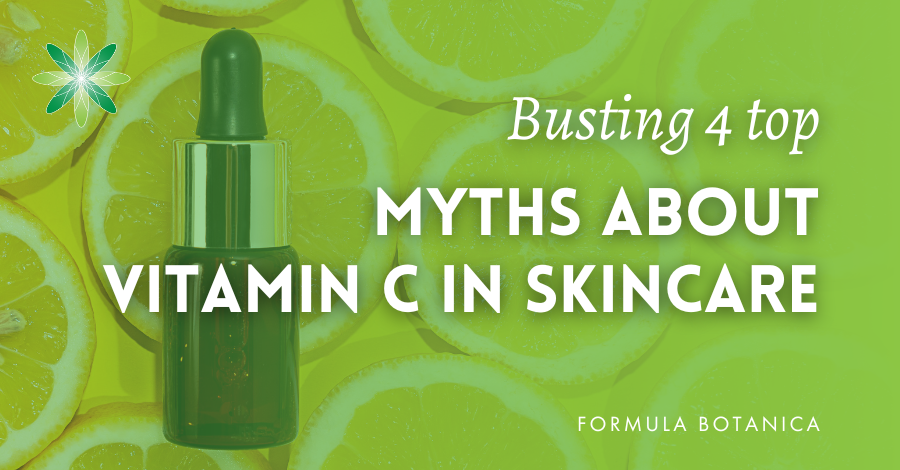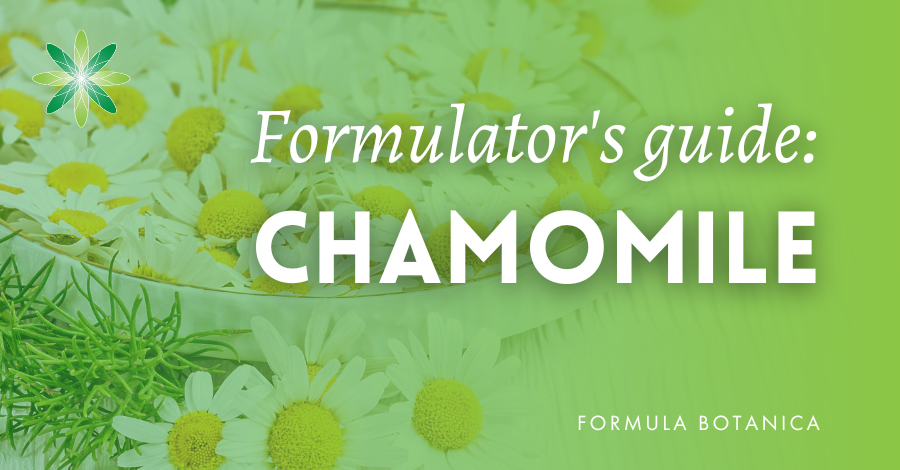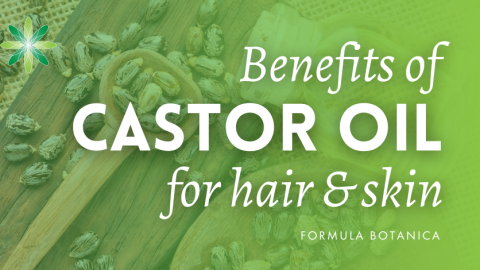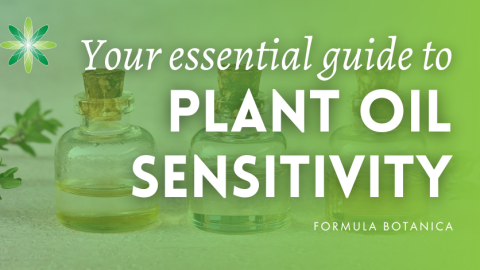Updated: 18.02.25
At Formula Botanica, we often get asked about surfactants – those fascinating functional ingredients that make cleansing magic. So I thought, why not dedicate a post to them?
In this article, we’ll be taking an in-depth look at surfactants. While there are different kinds, we’ll focus exclusively on the ones used in cleansing and foaming products, as they’re the ones you’re most likely to use in your formulations, whether that’s in your facial cleansers, shower gels, body washes, or shampoos.
And while this is a more advanced topic, there’s no need to feel worried! In this post, I’ll walk you through everything you need to know about surfactants, from what they are, why they’re so important, and how they work in water-based formulations. I’ll even share five of my favourite natural surfactants that you can experiment with and which will take your formulation skills to the next level. Ready to get started? Let’s dive in!
What are surfactants?
First, let’s discuss what surfactants are and how they work in formulations.
Surfactants, or surface active agents, are a versatile group of ingredients found across multiple industries, from food and construction to pharmaceuticals and personal care. In skincare and haircare, they act as functional ingredients and are mostly responsible for the cleansing and, in some cases, foaming properties of your favourite shower products.
But here’s a surprising fact: cleansing and foaming aren’t always connected. While some surfactants create the rich, bubbly lather that people typically associate with cleanliness, others are specifically designed to reduce or completely stop the foam. And while it can enhance the sensory appeal of a product, foam isn’t a true measure of how well it cleans.
Surfactants also include emulsifiers, solubilisers, dispersers, wetting agents and detergents. If you’re curious to learn about the difference between solubilisers and emulsifiers, check out this post:
The chemical structure of surfactants
Now that you know what surfactants are, let’s discuss their chemical structure. Don’t worry: it’s very straightforward!
Surfactants have a water-loving (hydrophilic) head and a water-hating (hydrophobic) tail. As you can see from the chart below, the kind of charge contained within the water-loving head will determine the kind of surfactant you’re working with:
For more on the chemical structure of surfactants, check our Advanced Diploma in Organic Cosmetic Science.
How surfactants work
Surfactants are present in many cleansing products, and their effectiveness lies in their unique molecular structure and ability to interact with both oil and water. Let’s break down how these ingredients work to remove dirt and grime:
1. Introducing surfactants to the solution
When a surfactant is added to water, its molecules arrange themselves in a specific way. Each surfactant molecule has two key parts:
- A hydrophilic head that is water-loving and interacts easily with water
- A hydrophobic tail that is oil-loving and avoids water
2. Attachment to dirt and oils
Once introduced, the hydrophobic tails of the surfactant molecules seek out and attach themselves to dirt and oils. This happens because dirt is often oil-soluble, making the hydrophobic (lipophilic) tail the perfect match to bond with it.
3. Lifting and encapsulating dirt
The surfactant molecules then surround the dirt or oil particles, forming structures called micelles. The hydrophobic tails stay attached to the dirt, while the hydrophilic heads remain oriented toward the water. This action detaches the dirt or oil from the surface (be it skin, hair, or textiles) and suspends it in the solution.
4. Washing away dirt
The final step involves rinsing. The hydrophilic heads keep the encapsulated dirt suspended in water, allowing it to be washed away effortlessly. This process ensures that dirt is removed from the surface and carried out of the solution, leaving behind a clean and refreshed surface.
If you’d like to learn even more about the different types of surfactants and how they work, check out our Advanced Diploma in Organic Cosmetic Science.
How to formulate with natural surfactants
Definition of “green” surfactants
At this point, you’re probably curious about how to formulate natural surfactants.
The term “natural” or “green” surfactant doesn’t have a universally accepted definition, so it can mean different things to different people. You can learn more about the different shades of natural in our first-ever podcast episode:
Ultimately, the choice of surfactants is entirely up to you. When selecting your surfactants, consider the following factors:
- Biodegradability: Does the surfactant break down easily in the environment?
- Source: Is it derived from natural, renewable sources like plants? Is it animal-based?
- Irritation potential: Is it gentle on the skin and eyes?
- Environmental impact: What’s the carbon footprint?
- Ethical sourcing: Is it sustainably and ethically sourced?
Where to start
If you haven’t worked with surfactants before, I recommend you start with non-ionic surfactants. Here’s why:
- Compatibility: Non-ionic surfactants work harmoniously with other types of surfactants, making them versatile and easy to incorporate into formulations.
- Ease of use: They are beginner-friendly and straightforward to formulate with, making them ideal if you’re just starting to work with surfactants.
- Gentleness: These surfactants are mild on the skin and hair, which is especially important when creating products for sensitive skin or everyday use.
- Foaming capacity: While their foaming capacity varies, many non-ionic surfactants provide a pleasant sensory experience.
If you’re interested in learning more about non-ionic surfactants and how to use them in your skincare or haircare formulations, we cover them in our foundation Diploma in Organic Skincare Formulation and our Diploma in Organic Haircare Formulation.
Examples of non-ionic surfactants
While non-ionic surfactants are generally interchangeable in theory, as a formulator, it’s important to be prepared for slight variations in how each one behaves within a formulation.
To help guide your formulation process, I’ve compared five of the most popular plant-derived non-ionic surfactants that you can experiment with:
- Coco Glucoside
- Decyl Glucoside
- Lauryl Glucoside
- Sucrose Cocoate
- Caprylyl/Capryl Glucoside
Natural surfactants comparison table
Here’s a detailed comparison table to help you choose the best non-ionic surfactant for your formulations:
| Surfactant | Trade name | Certification* | Properties | pH | Active matter |
| Coco Glucoside | Sucranov™ 818 UP -BergaSoft CG 50 / MB EcoSense™ 919 | Ecocert | Very mild, good foam stabilising quality, good hydrating properties, biodegradable | ∼11.5 – 12.5 | ≥ 50 % |
| Decyl Glucoside | BergaSoft DG 50 / MB -ORAMIX™ NS10 / Plantacare® 2000 UP -EcoSense™ 3000 | Ecocert COSMOS Natrue | Biodegradable, excellent and stable foam, works very well with Cocamidopropyl betaine | ∼11.5 – 12.5 | ≥ 50 % |
| Lauryl Glucoside | BergaSoft LG 50 / MB -EcoSense™ 1200 / Plantacare® 1200 UP | Ecocert COSMOS Natrue | Very mild, moderate foaming, excellent viscosity builder, good in baby cleansing products, biodegradable | ∼11.5 – 12.5 | ≥ 50 % |
| Sucrose Cocoate | TEGOSOFT® LSE 65 K Soft | N/A | Mild, increases foam density & viscosity, adds creaminess, has good re-fatting qualities, moisturising and anti-static, biodegradable | ∼6.5-7.5 | ∼65% |
| Caprylyl/Capryl glucoside | BergaSoft CCG 70 / MB -ORAMIX™ CG110 | Ecocert COSMOS Natrue | Creates fine and stable foam, mild, good solubiliser for essential oils, biodegradable | ∼11.5 – 12.5 | ≥ 50% (There are various versions) |
*Certification – Whether the natural surfactant is available as a certified ingredient will depend on your supplier, but these ingredients are generally accepted by the listed certification bodies. You can find out more about green certifications here.
What is Active Surfactant Matter (ASM)?
The ASM is a percentage that represents the concentration of the surfactant. When you buy a surfactant, it won’t be delivered to you as a “pure” ingredient as such, but it will be diluted in water. If the ASM is 60%, this means the ingredient you’ve just purchased contains 60% surfactant and 40% water.
Knowing the ASM of your natural surfactant is important when deciding how much of your ingredient should be used in a cosmetic formulation. For example, you would use less natural surfactant in a facial cleanser than in a body cleanser, so your formulation is not so ‘harsh’ on the skin.
Which surfactant to use?
I conducted a simple foam test to see how well these natural surfactants perform when it comes to creating foam. While you now know that a product doesn’t need to foam to effectively clean your skin or hair, most people still expect their cleansers and shampoos to foam when they use them. That’s why many formulators aim to create a rich, dense lather to enhance the user experience.
For this test, I mixed five solutions, each containing 10% surfactant and 90% distilled water, and transferred them into foamer bottles (essential to create the foaming effect!). I then compared the foam produced by each solution, which you can see in the image below:
As you can see, all five natural surfactants produced foam, though some were more effective than others. Here are my observations:
- Decyl Glucoside stood out as the best performer, creating a rich, dense foam that really impressed me.
- Coco and Caprylyl/Capryl glucosides performed well, producing a decent amount of foam.
- Sucrose Cocoate and Lauryl Glucoside didn’t fare as well in the foaming test. The foam they produced collapsed pretty quickly, making them less ideal for this type of product/bottle. Sucrose Cocoate and Lauryl Glucoside are also both pastes, which means they need to be heated to properly dissolve. When mixed with water, Sucrose Cocoate produced a milky solution, which might not be suitable for clear formulations.
- Lauryl Glucoside created a clear solution but thickened slightly, suggesting it might not work well in the foamer bottle I’ve used. However, it could be an excellent option for formulations that benefit from a bit of extra thickness.
Which surfactant will you try first? Let me know in the comments below!
Join our free training course today
I hope you enjoyed this post and found it helpful!
If you’re ready to dive deeper into the fascinating world of skincare formulation, our free training course is the perfect starting point. You’ll learn how to make your own natural skincare products – even if you’ve ever done it before – and become a confident formulator instead of a simple recipe follower. Sign up now to start your free formulation journey!
And if you’ve already completed our free mini course, why not take the next step with our award-winning Diploma in Organic Skincare Formulation?
FAQ
- What is the best natural surfactant to start with?
Non-ionic surfactants are a fantastic way to start your journey into foaming products. They’re gentle and mild and can create a nice, rich foam. Plus, they’re highly versatile and work well with all other surfactants.
- Can I mix different surfactants together?
Absolutely! In fact, mixing surfactants can help improve performance. Try blending surfactants from different charge groups, or even within the same group to see how they perform together.
- Do all natural surfactants foam the same?
No, not all natural surfactants foam the same way. Some may produce more foam, while others may create a lighter lather (or not at all!). It depends on the type of surfactant and the formulation you’re using.
- How do I know which surfactant is right for my product?
The right surfactant depends on your formulation goals. Consider the cleansing power, foaming ability, and overall gentleness you need. Testing and observation will guide you in finding the best fit for your product.
FREE TRAINING
Learn how to become an
Organic Skincare Formulator
FREE TRAINING
How to become an
Organic Skincare Entrepreneur
FREE TRAINING
How to become an
Organic Skincare Entrepreneur
Leave us a comment
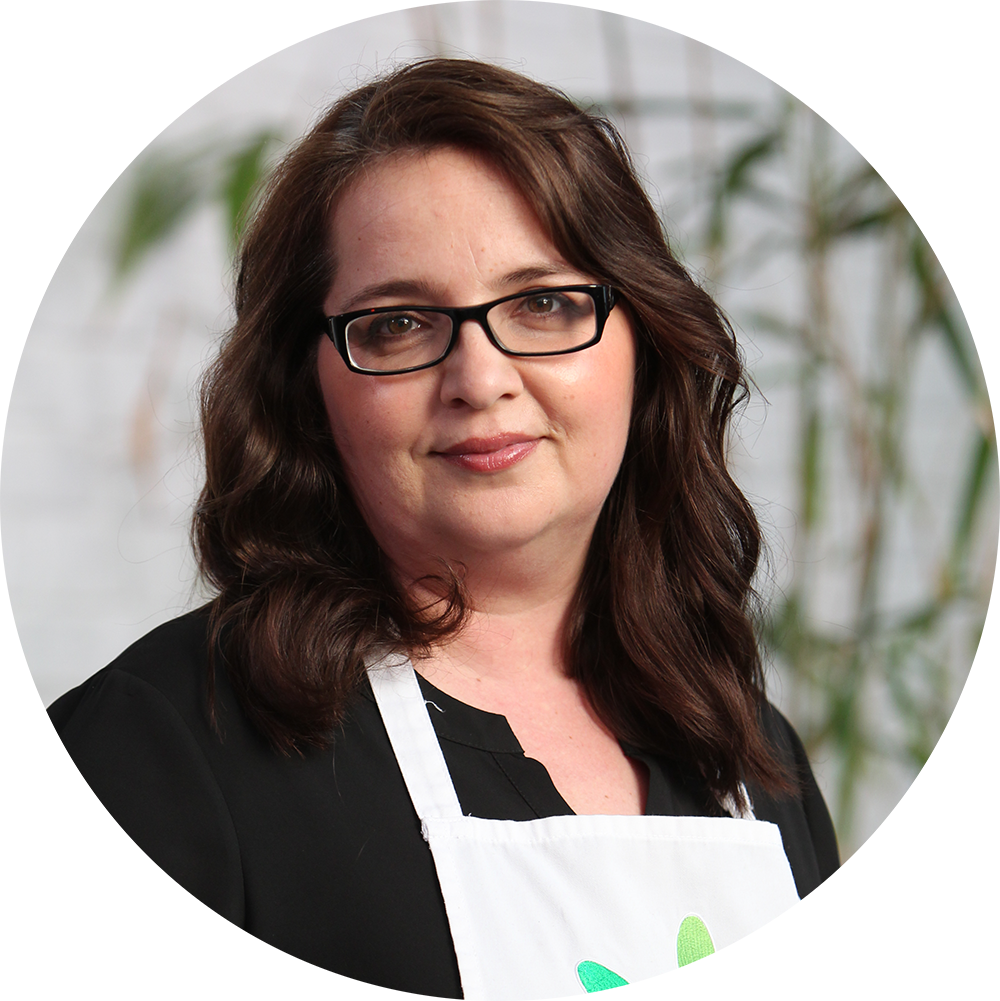
Timi was a key member of the Formula Botanica team from 2015 to 2020; first as our Education Manager and then as Head of Formulation & Research. You can find out more about the Formula Botanica team here.

